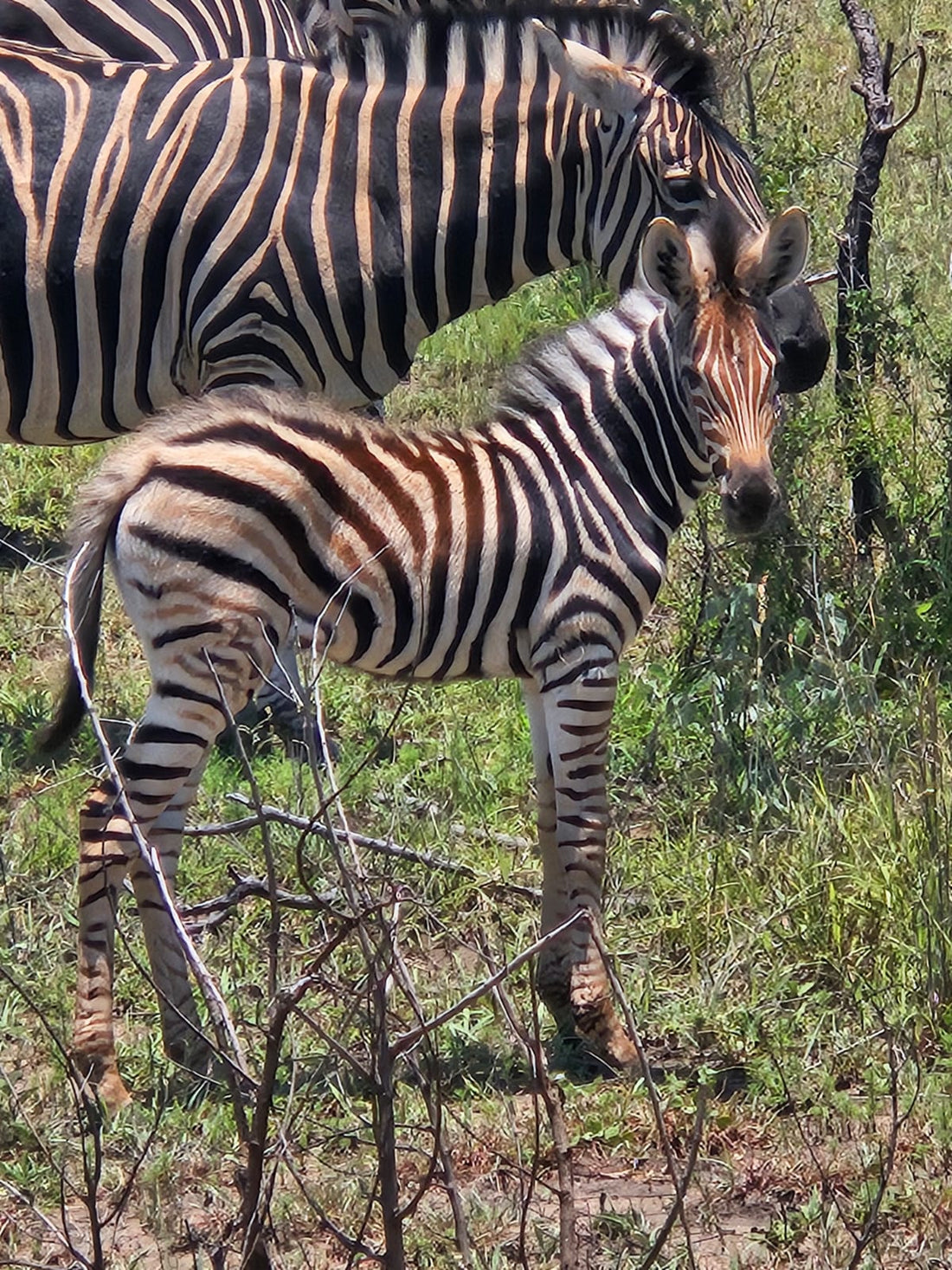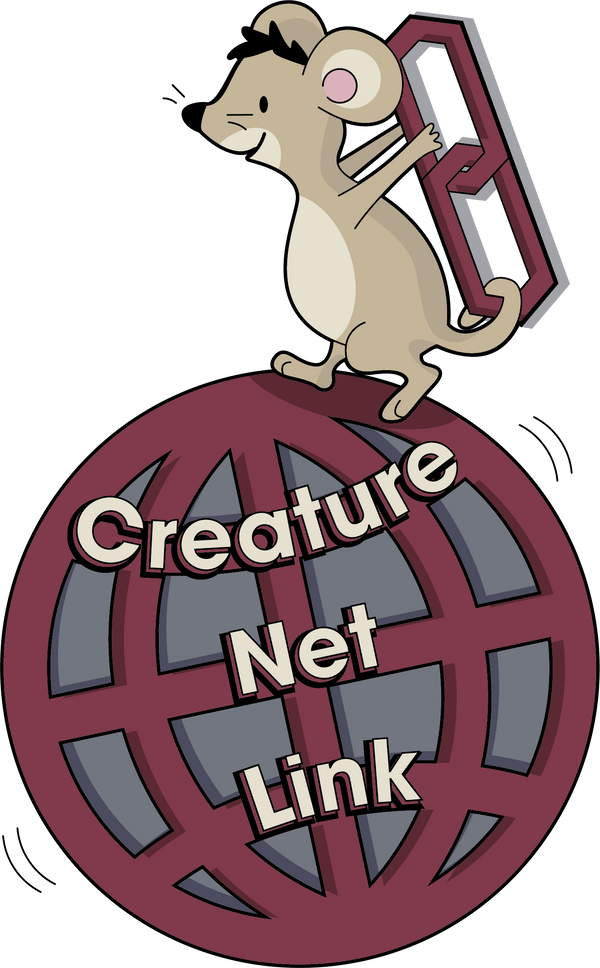
African horsesickness
Share
A disease endemic to southern africa and a big problem for all of us horse owners residing in this part of the world.
A viral infection not contagious from horse to horse but transmitted by midges, and sometime mosquitoes. The most prevalent season is summer, November to May/June, in the southern hemisphere. The first nightly frost sees the end of the african horsesickness season. The movement of horses is inevitable without the movement of midges thus promoting the spread of the disease across the country.
This orbivirus affects all equines, donkeys, zebras and mules alike. However, not all show the severe symptoms our domestic horses exhibit. Some only get the subclinical form of the disease and serve as hosts facilitating transmission to the vector.
The pulmonary form is the most deadly and rapid. Progression is very fast from a healthy horse to a dead one. The lungs are affected and a combination of congestion and oedema causes severe breathing distress and death. These tragic individuals are generally found dead with foam pouring out of mouth and nostrils in the paddock or stable. If caught in time, treatment is mostly frustrating and pointless, necessitating euthanasia to be implemented for humane reasons.
The cardiovascular form is less aggressive and chances of survival much better. A hallmark of this type of african horsesickness is the swelling of the supraorbital fossa, often accompanied by fever and general malaise.
A mixed form can also be seen, so horses manifesting signs of both forms to a lesser or greater degree.

Being a viral infection, treatment is focused on a symptomatic approach. The most important thing is to maintain the horses basic functions, and boosting it's immune system. So breaking the fever and encouraging eating and drinking is imperative. Vitamins and probiotics are useful and maintaining hydration is pivotal.
Home Tips
- Encourage small feeds often if the horse struggles with appetite
- Encourage drinking by adding salt to the food, if necessary dose water orally with a syringe
- NSAID for breaking the fever, preferably not Finadyne/Banamine
- Daily vitamins injected or orally if horse is eating
- Lift food and water buckets if the head is very swollen. A low head stance will aggravate the oedema.
- Homeopathic treatments have shown some good results
- Lifewave patches: Glutathion and Energy enhancer patches, which boost the immune system
- Herbs to boost the immune system: Astragalus, Ginseng and Echinacea (this last one is very useful as it also has an effect on the oedema)
- Diuretic herbs to increase urine output and decrease swelling: Nettle, Dandelion and Parsley.
If all of this fails your vet will be able to step up the supportive treatment with drips and medication.
Prevention:
Vaccination is still the most effective way to prevent african horsesickness. There is a live vaccine made in South Africa that is effective against seven strains, three in the first and 4 in the second injection. This does not cover all possible mutations, however it is the best we have got and it has saved countless horses over the years.
The other way of reducing infections is by reducing vector activity. This can be achieved by stabling horses during the hours that they are most active. Sun rise and set are the most dangerous times, when the midge battle needs to be stepped up. Applying insect repellants to the horses and mounting fans in stables can help. Fly blankets and boots will also aid. In the past people have used low grade fires to produce smoke outside stables to repel vectors.

This disease is one that nearly purely affects horses in the southern african region. However, it has occasionally impacted equids in other parts of the world. Northern Africa, southern Europe and south eastern Asia have had the sporadic outbreak with devastating effect in immuno-naive, unvaccinated herds.
Best of luck
Dr. Sarah
